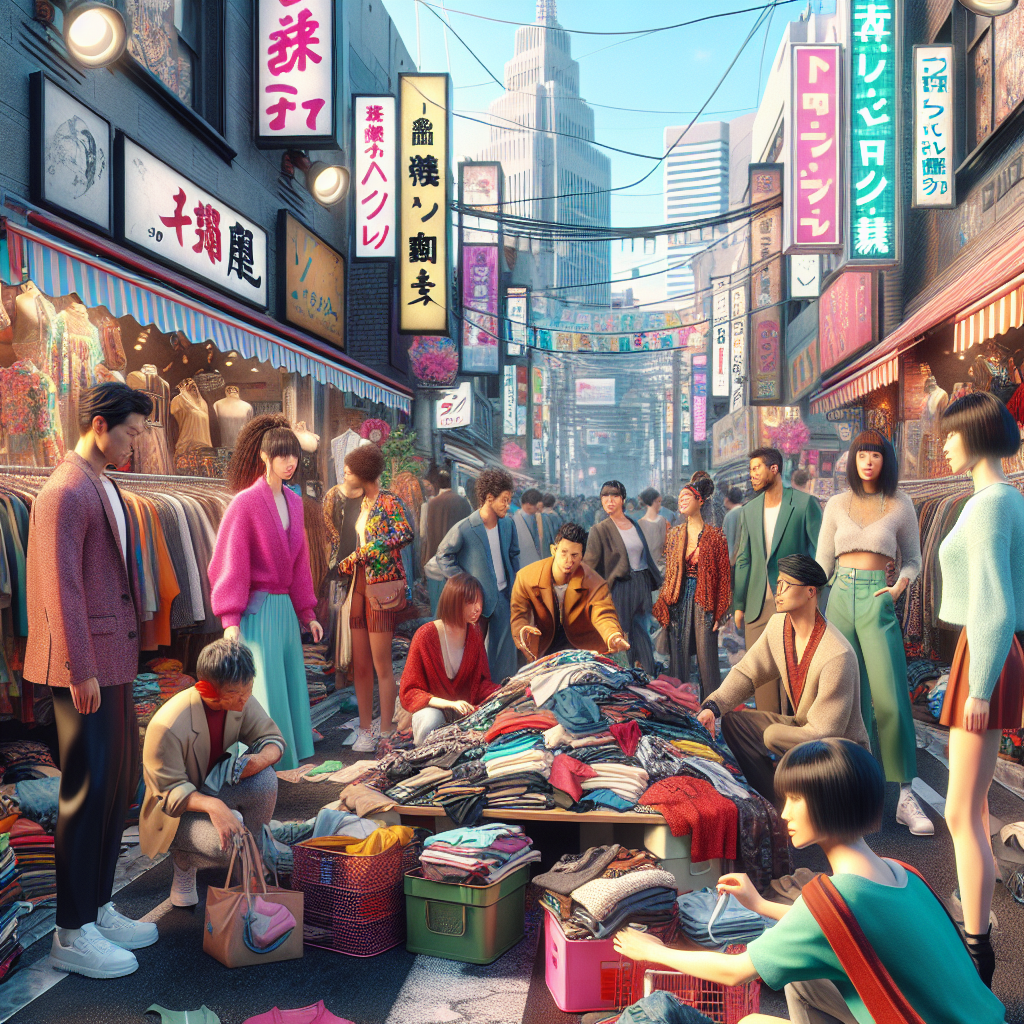Japan’s Secondhand Fashion Boom Is Bigger Than the Weak Yen
Japan’s fashion scene has always been synonymous with innovation and uniqueness. From avant-garde streetwear to traditional kimonos, the Land of the Rising Sun has long been a global trendsetter. However, in recent years, another aspect of Japan’s fashion industry has been gaining significant attention – its thriving secondhand fashion market.
The weakening of the yen in the past few years has led to a surge in international shoppers flocking to Japan to take advantage of the favorable exchange rates and snag some bargains. Luxury brands like Louis Vuitton, Chanel, and Gucci have seen a significant increase in sales to overseas visitors, with many travelers making a beeline for upscale boutiques in Tokyo and Osaka.
Despite the initial boost from the weak yen, what sets Japan’s fashion market apart is its robust secondhand sector. From high-end designer pieces to rare vintage finds, Japan has a long-standing culture of appreciating and preserving quality clothing. Stores like Ragtag, 2nd Street, and Mode Off have become go-to destinations for fashion enthusiasts looking for gently used, well-maintained items at a fraction of their original prices.
What makes Japan’s secondhand fashion scene truly unique is the meticulous care taken in curating and presenting pre-owned garments. Unlike traditional thrift stores, where items can be haphazardly displayed, Japanese secondhand stores often resemble upscale boutiques, with neatly arranged racks, knowledgeable staff, and sometimes even authentication services for luxury goods.
The appeal of secondhand shopping in Japan goes beyond the thrill of finding a designer piece at a discount. It also aligns with the country’s cultural values of sustainability and quality. By giving new life to pre-loved items, shoppers can reduce waste and lessen the environmental impact of fast fashion. Moreover, many Japanese consumers take pride in owning well-made, timeless pieces that have stood the test of time.
Interestingly, the resilience of Japan’s secondhand fashion market extends beyond currency fluctuations. Even as the yen starts to regain strength, experts predict that the demand for pre-owned clothing will continue to grow. This trend can be attributed to a shift in consumer mindset towards more conscious consumption, where factors like uniqueness, sustainability, and affordability take precedence over brand new purchases.
Furthermore, the rise of online platforms and apps specializing in secondhand fashion has made it easier for both locals and tourists to access Japan’s treasure trove of pre-owned clothing. Websites like Mercari, Fril, and Rakuma have seen a surge in users looking to buy and sell everything from streetwear to high fashion, further fueling the growth of the secondhand market.
In conclusion, while the weak yen may have initially drawn attention to Japan’s fashion scene, it is the country’s thriving secondhand market that is truly making waves. With its emphasis on quality, sustainability, and unique finds, Japan’s pre-owned clothing sector is poised to continue its upward trajectory, appealing to a new generation of fashion-conscious consumers both at home and abroad.
secondhand, fashion, Japan, sustainability, trends












